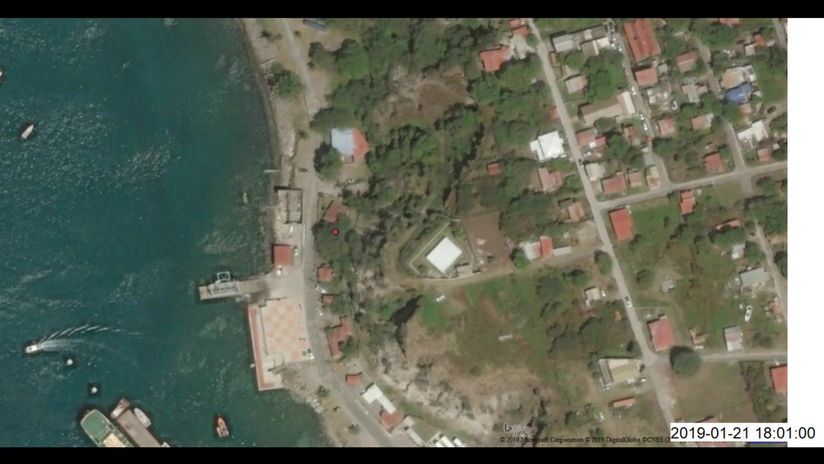
GPS RESEARCH
Uncovering iguana behaviour.
GPS Research.
Little is known on nesting behaviour, associated migration, and hatching success of the critically endangered Lesser Antillean iguana on the island of St. Eustatius. A few nest locations are known, however, several nest locations have not shown any activity during the past couple of years. To study nesting behaviour and to determine whether females migrate to a specific area to nest, three female iguanas selected from different areas on the island were fitted with a GPS backpack by Telemetry solutions . These backpacks would send six location fixes per day between 06:00 and 21:00 at predetermined intervals with an accuracy of +/- 4m, and have a battery life of up to a year. Finding and protecting nests is of high conservation value as iguana population numbers (425 according to Fogarty et al., 2004) are low on St. Eustatius, and nest site protection is deemed of utmost importance for future conservation efforts.
We were able to determine when different behaviours associated with reproduction took place on St. Eustatius. Breeding season was between January and March, Nesting and laying eggs in July/August, and hatching events in the months of October and November. This seems to be a 1-2 month shift later when compared to similar activity by I. delicatissima on Dominica (Knapp et al., 2016). We also observed that the two GPS iguanas that provided the most data, nested on or within the boundary of their home range. Furthermore we observed previously tagged iguanas on cameratrap images also nesting within or close to their known homerange. No large scale migrations were documented, and a total of six females were active at one of the nesting sites.
Data from the third iguana in particular indicated a home range of approximately 1000m2 over the course of eight months, wherein a mere total of five trees were utilized including: neem tree (Azadirachta indica), July tree (delonix regia), Calabash (Lagenaria siceraria), and Acacia (Vachellia tortuosa).
Two discovered nest areas were protected and monitored multiple times a day from September on to December. Sadly no hatchlings were recorded from one area, however, three successful nests were recorded at the other site, producing 6, 9, and 11 pure I. delicatissima hatchlings on the 31st October and 2nd November. No hybrid iguanas were encountered. The hatchlings were caught directly upon emergence to weigh and measure them. They were also each given a small number with a black marker pen. Hatchling average total length was 29.44cm and weight was 26g respectively. To see where hatchlings went, 2 hours a night were spent looking for the young iguanas within a 500m radius of the nest, recording their location data. After one week 77% of the hatchlings could no longer be found, and after two weeks 85%. No predation events of the marked hatchlings were observed, although in the prior season on two occasions a cat was seen eating a hatchling. The local snake species called the red-bellied racer (Alsophis rufiventris) was regularly seen patrolling nest sites, and is a known predator of iguanas. Numerous cats were caught on cameratraps around both protected nest sites. We also have photographic evidence of black rats having gnawed on hatchling iguanas.










